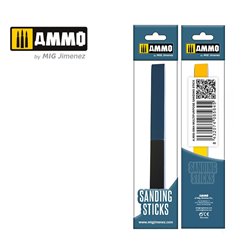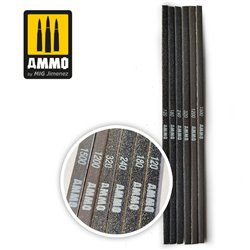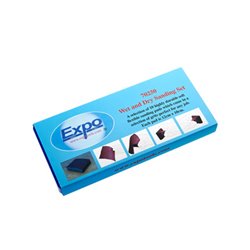A siding is a very useful feature to have on a model railway layout. It provides a designated area for trains to be...
No products
Product successfully added to your shopping cart
There are 0 items in your cart. There is 1 item in your cart.
Search Tips
What are the advantages of using a moistened sander as opposed to a dry one?
Using a moistened sander, also known as a wet sanding technique, has several advantages over using a dry sander for modellers working on kits or scene elements for a layout or diorama.
Wet sanding produces less dust than dry sanding, which is especially beneficial when working on a model railway where dust particles can cause issues with electronics or damage the finish of the model. This technique is also especially useful when used with resin components, as these could otherwise produce a significant amount of very fine dust which is difficult to see and can be harmful if inhaled or ingested.
Wet sanding inevitably helps to lubricate the surface of the model being sanded, this will result in a smoother finish compared to dry sanding.
The lubrication provided by wet sanding also helps to reduce the risk of scratching of the model surface being sanded. This can be particularly important when working on delicate or finely detailed model components such as small parts, resin or locomotive components. Wet sanding can be used for finer sanding applications than dry sanding, making it a useful technique for achieving a high level of detail on model railway components.
Overall, using a moistened sander is a very useful technique, as it can help to produce a smoother finish with less dust and a lower risk of scratching or damage to delicate kit or model railway components.
Click here to receive the tips weekly in your mailbox. You can unsubscribe at any time.










